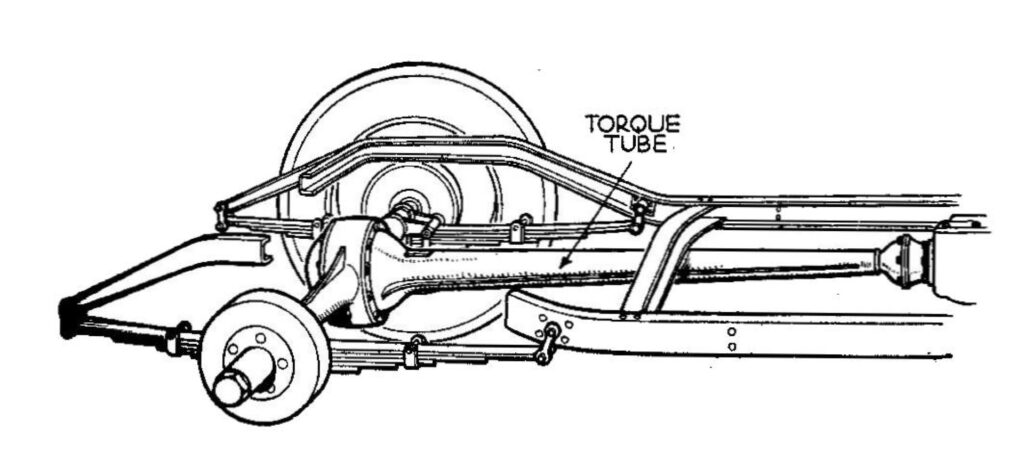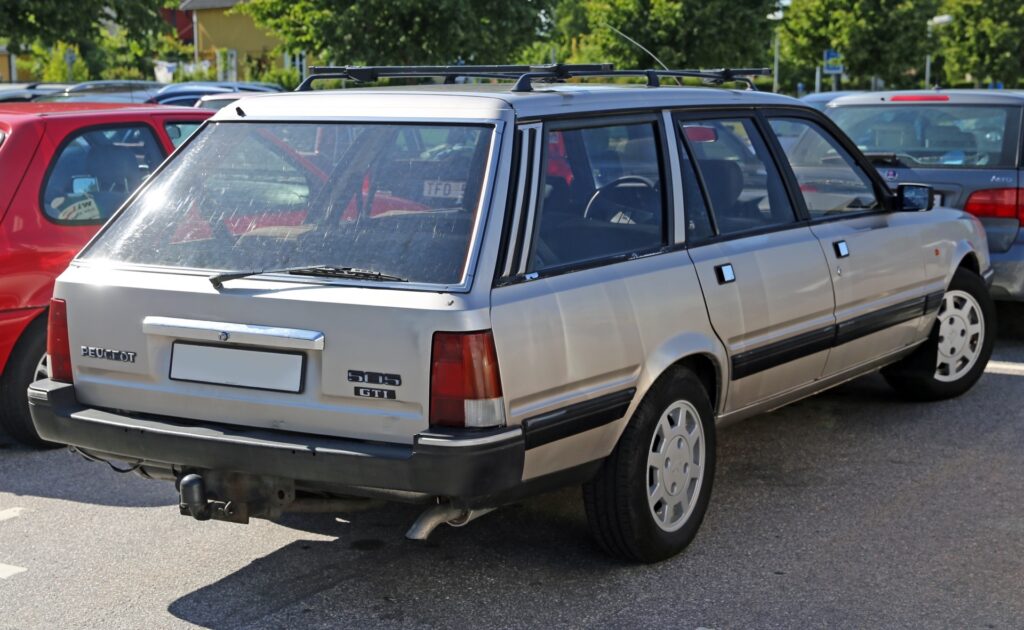When the engineering team behind the Aston Martin Vantage realized the prototype couldn’t handle the uprated levels of torque, they turned to an unlikely saviour
2 hours ago
 –>
–> 
–>
Exotic cars being linked to the more mundane is more common than you think. Many of us know the trivia of how the Lamborghini Diablo borrowed headlights from a Nissan 300ZX. Or how the Jaguar XJ220 shares its taillights with a Rover 216.
But the story of how the humble Peugeot 505 is linked to the creation of the Aston Martin Vantage is not merely of parts sharing but more one of how some lateral thinking (and a bit of good old pre-production bodging), solved a very real problem.
The episode comes to us from Steve Edwards, who was working as an engineering student apprentice at Aston Martin in 1993. During the development of what would eventually become the Virage-based V8 Vantage, the team encountered a rather significant problem. The prototype developed so much torque that the differential kept popping off the rear hangers — not ideal in any situation, we’re sure you’ll agree.
advertisement scroll to continue
Related: At €59,000, Can This 1985 Peugeot 505 Break 4×4 Dangel Lift Your Spirits Up?

Of course, it’s hardly surprising when you remember the numbers they were working with. As a refresher, the Vantage took the Virage’s 5.3-liter V8 engine and bolted on a pair of superchargers. The result was an astonishing-for-the-time (and impressive by modern standards) 550 hp (410 kW / 558 PS) and 555 lb-ft (752 Nm) of torque at 4,000 rpm.
The solution? “Our lead engineer suggested we use a torque tube,” relates Edwards. “Of course, the next question we asked was, ‘Where could we find one?’”
A torque tube is essentially a large-diameter hollow tunnel, typically made of steel. One end is connected to the driveshaft, while the other is bolted to the transmission, and through the tube runs the driveshaft. The advantages of a torque tube lend themselves to heavy-duty applications, as they improve structural rigidity and help locate the transmission and differential.
See Also: Bond Movie Boosts Used Aston Martin Searches By 75%, Which Would You Buy?

But by the early 90s, few manufacturers were still using torque tubes. While the Chevrolet Corvette is famed for using a torque tube to transmit its power, the chances of finding a brand-new American sportscar in a British scrap yard would have been rather slim.
There was, however, one car that continued to use a torque tube setup — one that was far more likely to be found in a breaker’s yard: the Peugeot 505. The 505 was the last rear-wheel drive car to be built by the French automaker and continued a long line of solid and dependable vehicles that could trace their routes back to the 203 and 404.
While a bit of an outlier in the West, thanks to competition from the likes of the BMW E30, the 505 was adored in places like Africa, with a reputation for performing against the unforgiving terrain on offer — so much so that in the 90s and 00s, many were rumored to have disappeared from Europe to be shipped to the content, both legitimately and otherwise. Its durability was thanks to the Peugeot’s old design ethos, which meant it was one of the few cars to be still sold with the more durable torque-tube setup.

“As an 18-year old, after a morning spent on the phone, I was sent down the motorway from Newport Pagnell in a blue Ford Sierra estate to a breakers yard called Three Arches in London,” reminisces Edwards. “And there I picked up a diff and prop shaft assembly from a V6 505 Estate.”
From there, the team of 12 worked on fitting the torque tube to the Vantage, which — as you’d expect — required a fair amount of cutting, chopping, and balancing. “It worked a treat… Until the splines on the driveshaft started wearing as it wasn’t designed for 550bhp and 555 lb-ft of torque,” says Edwards. “Fast Car, in their review of the pilot car, reported ‘transmission lash.’ Eventually, it failed, but it proved that the concept worked.” The team took their learnings to create a torque tube set up that was suitable for the production car.
So there you have it — the unlikely story of how a scrapped Peugeot 505 saved the development of one of Aston Martin’s seminal creations.
[embedded content]

 <!–
<!– –>
–> 

